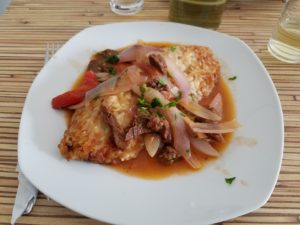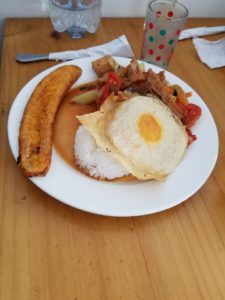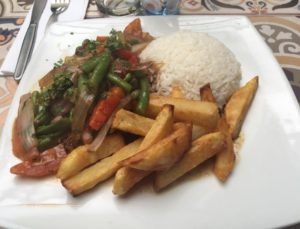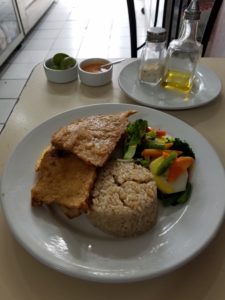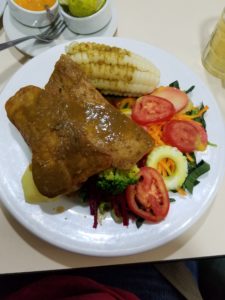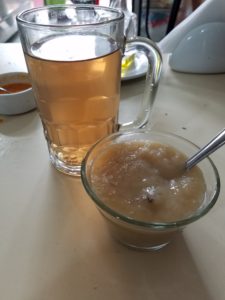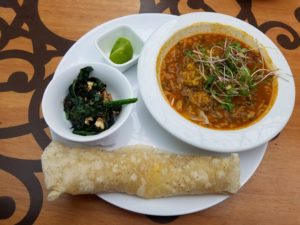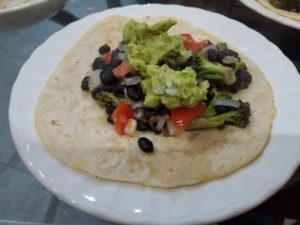I’ve found that inside and outside of the classroom the best way to practice Spanish is soften through playing and through having fun. Sometimes that means playing a card game, and other times it means going to the movies.
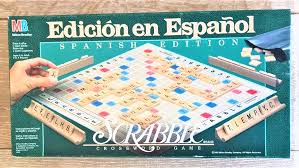
Of course, there’s Scrabble, which is as fun in Spanish as it is in English. The Latin American version has a very different distribution of tiles than the English version does, so I’ll probably have to purchase or borrow a Spanish-language copy if I want to continue practicing at home.
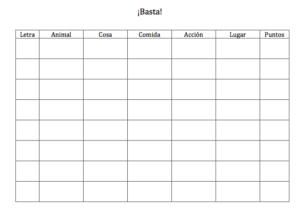
“Tutti fruiti” is a race to see who can think first of enough words that start with a given letter. For example, let’s say the group begins with the letter a. Then you fill out the chart as fast as you can by writing an animal, a thing, an action, and a food that start with a. If you finish the row first, you say “Tutti fruiti,” and everyone has to stop writing. Then you add up the points: 10 points for each unique word and 5 points for each word that someone else also got.
In Dobble, there’s a card in the middle with a number of objects and each player has a card in their hand that shares at least one of the same objects. The first person who correctly calls out the common object gets to add the card in the middle to their stack, and the person with the most cards at the end wins. While that itself is harder than it sounds, it gets even harder because after winning a round you have to draw a new card with totally different objects on it.
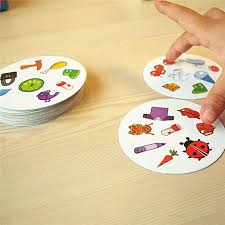
Finally, I’ve found it’s great practice to watch films and television shows that you’re already somewhat familiar with. For example, I went to see the new Lion King remake. Since I had already seen the original, I did not have to worry about following the plot. I could focus on the dialogue and what the characters were saying in any given moment.
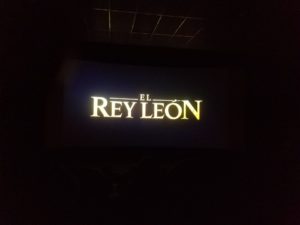


Of course I’ve also been reading and watching various Peruvian books, comics, and films too. But when you want to practice with a little less difficulty you can always watch a Spanish dub of a show you’ve already seen in English.
